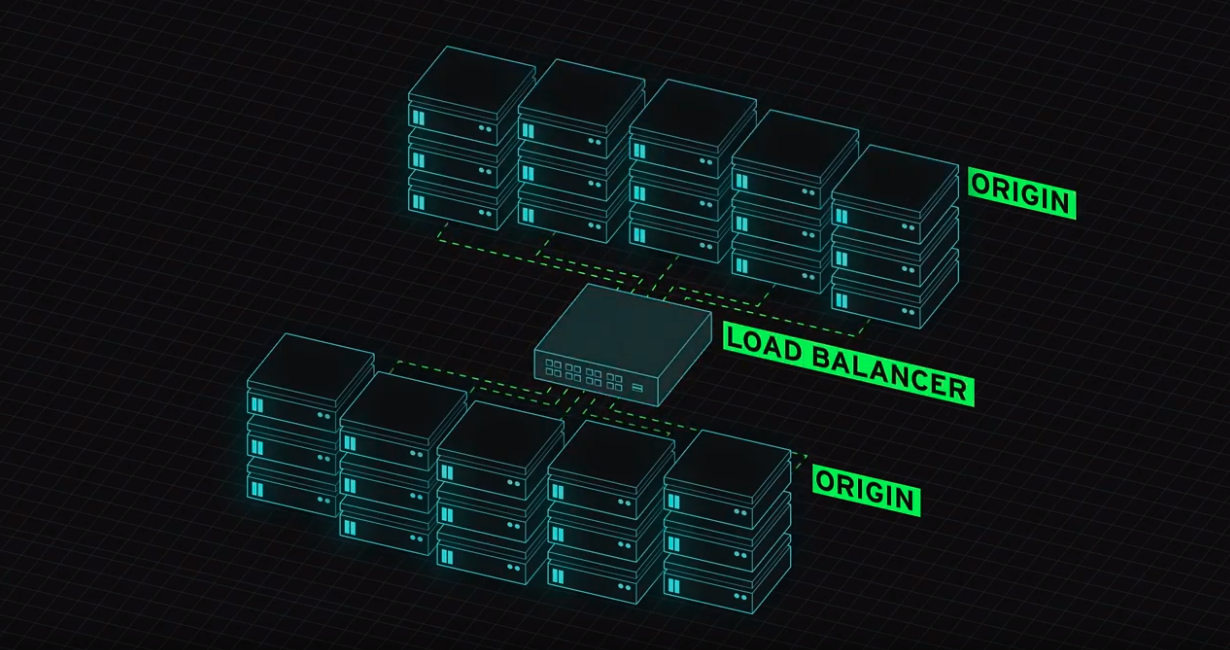红帽博客
What happens when you hit Enter? Throughout the mid-2000s, this became a trendy question to ask technical people when interviewing them. The interviewer would ask the interviewee a simple question like, “What happens when you type www.redhat.com into a browser, and hit Enter?”
It’s a conversation starter that can go in a lot of different directions, depending on the interviewee’s subject matter expertise. Such a simple question, but the answer can be quite complex. In fact, the answer can delve into the depths of hardware, software, algorithms, and mathematical concepts. It can range from a discussion of failure scenarios for DNS resolver libraries in the operating system, to how request scheduling in the browser works, or it can range from how load balancers preserve connections, to the way SSL configuration in a web server affects encryption mandates which deters hackers. If you had a room full of experts, this question could be discussed for days.
That’s what made such a simple question so very interesting. The interviewee could focus on any piece of the stack, hardware or software, based on where they felt comfortable. This helped the interviewer to understand what the interviewee knew and how their thought process worked. It gave the interviewer insight into whether the candidate would be a good fit.
There was just one problem. When the interviewee went home that night, or got off the phone with the interviewer, they rarely had a sense of whether they answered the question the “right” way. From personal experience with this process, I went home and thought about the questions I was asked for weeks and months. I discussed them with friends and colleagues to better understand what I might have missed. I never really knew if the interviewer was satisfied with the answer.
So, what if, instead of asking interviewees this question, we instead asked the experts that are already employed, building the open source software behind these simple questions? Well, that’s exactly what Red Hat has decided to do with the launch of the “What Happens When You Hit Enter?” series.

Red Hat employees the software engineers that build all kinds of complex system software, ranging from compilers like gcc, and nearly universally used C libraries like glibc, to the Linux kernel, and container tools like Kubernetes and Podman. What does happen when you type?
# curl developers.redhat.com # ps -ef # kubectl create -f pod.json # podman run -it ubi8 bash
In this series, we ask the experts to explain what happens when you hit enter, so sit back and enjoy. These are the questions that we all want to know the answers to. These are the questions that we ask when we meet engineers at a conference. These are the questions that got us into technology in the first place.
Check out the series on our YouTube channel and let us know what you think. And if you want more developer focused content, visit us at developers.redhat.com.
关于作者
At Red Hat, Scott McCarty is Senior Principal Product Manager for RHEL Server, arguably the largest open source software business in the world. Focus areas include cloud, containers, workload expansion, and automation. Working closely with customers, partners, engineering teams, sales, marketing, other product teams, and even in the community, he combines personal experience with customer and partner feedback to enhance and tailor strategic capabilities in Red Hat Enterprise Linux.
McCarty is a social media start-up veteran, an e-commerce old timer, and a weathered government research technologist, with experience across a variety of companies and organizations, from seven person startups to 20,000 employee technology companies. This has culminated in a unique perspective on open source software development, delivery, and maintenance.

